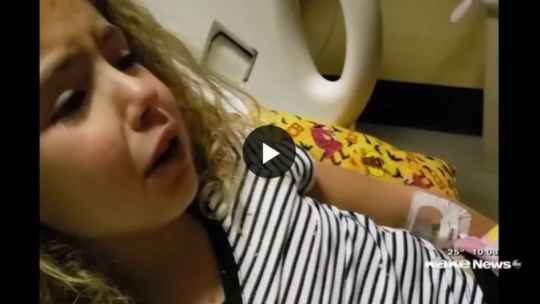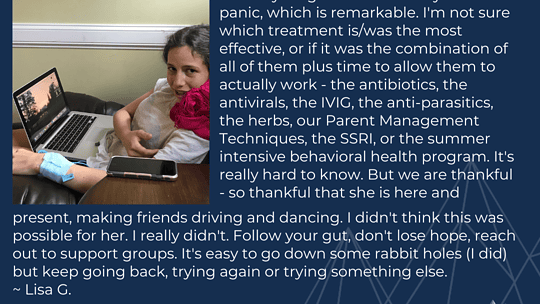
COVID Patients with Psychotic Symptoms
“A small number of Covid patients who had never experienced mental health problems are developing severe psychotic symptoms weeks after contracting the...

“A small number of Covid patients who had never experienced mental health problems are developing severe psychotic symptoms weeks after contracting the...

Recent Breakthroughs in PANDAS Research Recent Breakthroughs in PANS/PANDAS Research with Kyle Williams, MD, director of the Pediatric Neuropsychiatry and Immunology Program, discussed new findings...

Tara and Dave Dollinger recently donated $2.4 million to assist the efforts of Frankovich and collaborating scientists, who are searching for answers to better understand the triggers and disease...

7-year-old explains living with PANS, new Smackover Elementary sensory room helps kids like him cope SMACKOVER, Ark. (KTVE/KARD) — Our senses combined can help give us a better view of...
Infections, inflammation, and risk of neuropsychiatric disorders: the neglected role of “co-infection
AmirAbdoli, AliTaghipour, MajidPirestani, Mirza AliMofazzal Jahromi, AbazarRoustazadeh, HamedMir, Hoda MirzaianArdakani, AzraKenarkoohi, ShahabFalahi, MahdiKarimi. Infections, inflammation, and risk of neuropsychiatric disorders: the neglected role of “co-infection. Heliyon Vol 6, Issue 12, Dec 2020, e05645. DOI: 10.1016/j.heliyon.2020.e05645

“The essence of what makes up my daughter was gone. She was a different person. And we didn't know what was going on,” said Tara...

"Bartonella bacteria are increasingly recognized as an emerging infectious disease threat. A new study by North Carolina State University researchers has found additional instances of Bartonella...
Conclusions: These findings indicated relative difficulties with aspects of executive and motor functions. Although evaluations were performed following the resolution of acute symptoms, ongoing and significant academic difficulties and emotional, behavioral, and social concerns were targets for clinical intervention and support.
Breitschwerdt, E.B.; Bradley, J.M.; Maggi, R.G.; Lashnits, E.; Reicherter, P. Bartonella Associated Cutaneous Lesions (BACL) in People with Neuropsychiatric Symptoms. Pathogens 2020, 9, 1023. DOI: 10.3390/pathogens9121023. Read Article

Around 4th grade, Sylvie was at a friend's house, and I received a call that she wanted to come home. She was scared as she had seen something upsetting on TV; turns out it was a cat that had fallen...